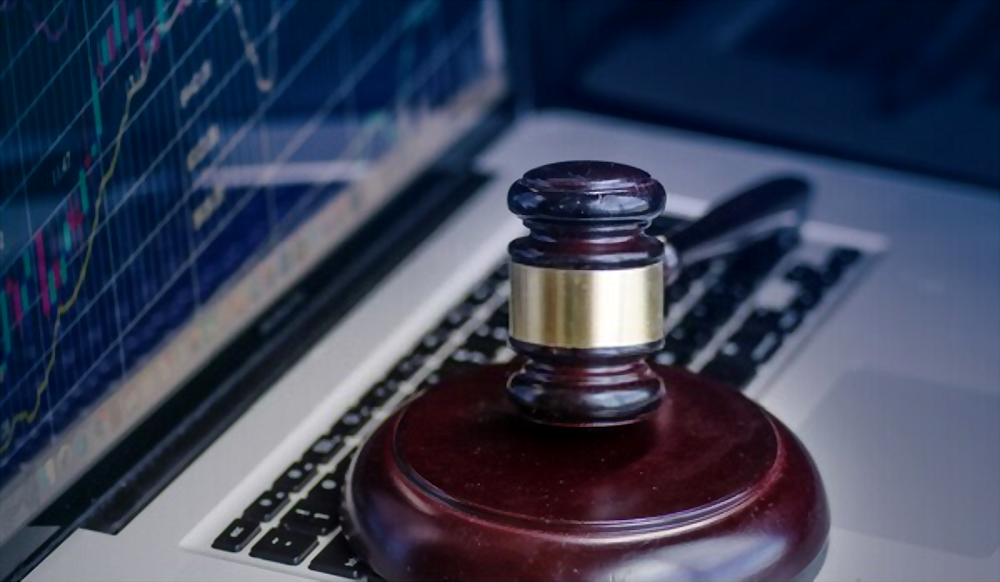The internet, once hailed as a tool for global connection and innovation, has also become a battleground for crime. Cybercrime—ranging from identity theft and hacking to online fraud and cyberbullying—has evolved into one of the most complex threats to individuals, organizations, and nations alike. As our lives become increasingly digital, so too does the danger.
Understanding Cybercrime
Cybercrime refers to any criminal activity that involves a computer, network, or digital device. These crimes can be:
-
Against individuals (e.g., phishing, stalking, defamation)
-
Against organizations (e.g., ransomware, data breaches)
-
Against governments or infrastructure (e.g., cyberterrorism)
Cybercriminals often operate anonymously, across borders, and with advanced tools—making detection and prosecution increasingly difficult.
Common Forms of Cybercrime
-
Phishing & Identity Theft – Fake emails or websites trick users into sharing personal or financial information.
-
Hacking & Unauthorized Access – Breaking into networks to steal, delete, or manipulate data.
-
Online Fraud – E-commerce scams, fake investment schemes, or online extortion.
-
Cyberbullying & Harassment – Targeting individuals with threats, hate speech, or personal leaks.
-
Ransomware Attacks – Locking access to data and demanding payment for its release.
Legal Framework in India
India addresses cybercrime primarily through:
-
The Information Technology Act, 2000 (IT Act): Covers offenses like hacking, data theft, and cyber terrorism.
-
Indian Penal Code (IPC): Applies in cases involving defamation, fraud, and criminal intimidation in the online space.
Special cybercrime cells and digital forensics teams have been established in major cities to handle such crimes more efficiently.
Challenges in Cybercrime Investigation
-
Anonymity of perpetrators using VPNs, fake profiles, and cryptocurrencies.
-
Jurisdiction issues, as crimes often span multiple countries.
-
Low awareness among the public regarding digital safety practices.
Prevention and Protection
To stay protected:
-
Use strong, unique passwords and two-factor authentication.
-
Be cautious while sharing personal information online.
-
Update software and antivirus tools regularly.
-
Report suspicious activity to cybercrime.gov.in or local authorities.
Conclusion
Cybercrime is the dark undercurrent of our digital era — silent, swift, and often invisible until it strikes. As technology advances, so must our awareness, legal frameworks, and digital ethics. In navigating cyberspace, vigilance is as vital as innovation.

